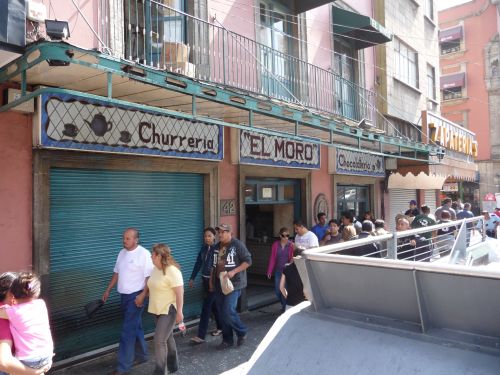On July 5, Mexicans vote in local elections. Here in Mexico City, the pickings are rather slim.
Some candidates, like Ana Guevara, the retired track-and-field champion, are used to running, although not for office. The worst you can say about Mexican politicians is that the best thing you can say about Ana Guevara is that she is not a politician.
Some dinosaurs of the PRI, which ran Mexico for over 70 years, are trying to convince the voters to return to the fold.
Even Guadalupe Loaeza, a columnist who made her fame writing gossipy articles about well-to-do women with nothing to do in Polanco, is getting into the act.
Perhaps the saddest aspect of this year's election is that the story with the most traction is a movement that is trying to convince Mexicans that, as a protest, they shouldn't bother to vote.









